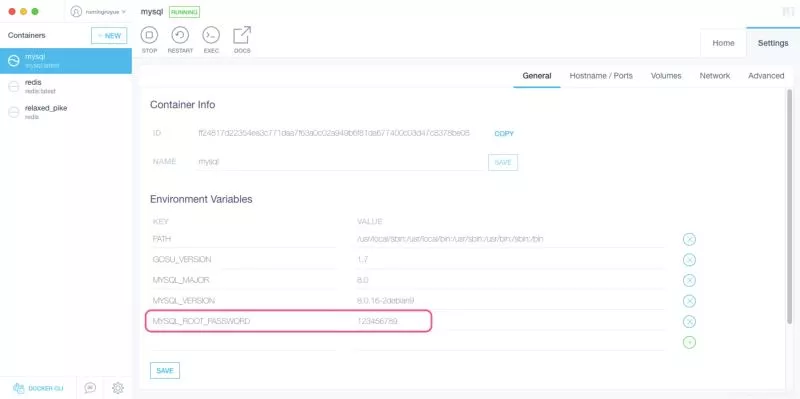当前位置:网站首页>[communication] optimal power allocation in the uplink of two-layer wireless femtocell network with matlab code
[communication] optimal power allocation in the uplink of two-layer wireless femtocell network with matlab code
2022-07-06 23:33:00 【Matlab scientific research studio】
1 brief introduction
In this thesis, the problem of efficient power allocation in the uplink of two-tier closed-access femtocell networks is addressed. Specifically, a single CDMA macrocell is assumed, where Ν femtocells reside within the macrocell. Within the proposed framework, which supports multiple services, appropriate utility functions are adopted to reflect users’ degree of satisfaction with respect to their actual throughput requirements and the corresponding power consumption. The overall problem is formulated as a non-cooperative game where users aim selfishly at maximizing their utility-based performance while taking into account the interference caused by both the CDMA macrocell and the neighbouring femtocells.
The existence and uniqueness of a Nash equilibrium point of the proposed Multi Service Two-Tier Power Control Game with Pricing (MTTPG) is proven, at which all users have achieved a targeted SINR threshold value or transmit with their maximum power, leading essentially to an SINR-balanced system. Moreover, a distributed iterative algorithm for reaching MTTPG game’s equilibrium is provided. Finally, the operational effectiveness of the proposed approach is evaluated through modeling and simulation, while its superiority is illustrated via presenting various scenarios of the proposed framework.
The surest way to increase the system capacity of a wireless link is by getting the transmitter and receiver closer to each other, which creates the dual benefits of higher quality links and more spatial reuse. In a network with nomadic users, this inevitably involves deploying more infrastructure, typically in the form of microcells, hotspots, distributed antennas, or relays. A less expensive alternative is the recent concept of femtocells – also called home base-stations (HBS), home node-stations (HNB) or FAPs (Femto Access Points) – which are data access points installed by home users to get better indoor voice and data coverage (Chandrasekhar & Andrews, 2008).
The demand for higher data rates in wireless networks is unrelenting, and has triggered the design and development of new data-minded cellular standards such as WiMAX (802.16e), 3GPP’s High Speed Packet Access (HSPA) and LTE standards, as well as the 3GPP2’s EVDO and UMB standards. Moreover, Wi-Fi networks are nowadays the de facto standard in wireless data communications since they can provide the high transmission rates demanded by the consumers in indoor buildings for Internet services. Although the Wi-Fi networks will not be able to support the same level of mobility and coverage as the cellular standards, to be competitive for home and office use, cellular data systems will need to provide service roughly comparable to that offered by the Wi-Fi networks. Studies on wireless usage show that more than 50 percent of all voice calls and more than 70 percent of data traffic originate indoors and thus, cellular networks must meet the expectations of both kinds of user services (Chandrasekhar & Andrews, 2008).
The growth in wireless capacity is exemplified by this observation from Martin Cooper of Arraycomm: “The wireless capacity has doubled every 30 months over the last 104 years”. This translates into an approximately million-fold capacity increase since 1957. Breaking down these gains shows a 25x improvement from wider spectrum, a 5x improvement by dividing the spectrum into smaller slices, a 5x improvement by designing better modulation schemes, and a whopping 1600x gain through reduced cell sizes and transmit distance. This reduction of the cell boundaries was done gradually, starting from the microcells (with a radius of a few hundred meters), then the relays that functioned as small base stations which provided service for places where the central macrocell could not have satisfactory cover and reaching the femtocells today (Andrews, Claussen, Dohler, Rangan, & Reed, 2012).
Figure 1: A macrocell deployed with 5 femtocells for better network coverage
While the femtocells can be installed easily by the home users, have a low transmission power and can cover a small-radius distance, they also allow the network provider to greatly improve the indoors coverage, especially in places such as apartments, metro stations, company offices, etc. Moreover, by assigning the indoor users to femtocells, the macrocell can distribute its resources to less users and thus improve their service quality. So, not only can femtocells contribute to the improvement of the network’s indoor coverage but also to its overall throughput (see Figure 1). Regarding the communication of the femtocells with the rest of the cellular network, this can be done over an existing broadband connection such as the digital subscriber line (DSL), via the cable modem (IP backhaul) or by a separate radio frequency (RF) backhaul channel (see Figure 2).
Femtocells are compatible with cell phones, personal computers and generally every 3G-enabled device. Due to their short transmit-receive distance, femtocells can greatly lower transmit power, prolong handset battery life, and achieve a higher signal-to-interference-plus-noise ratio (SINR). All these translate into improved reception – the so-called five-bar coverage – and higher capacity. Because of the reduced interference, more users can be packed into a given area in the same region of spectrum, thus increasing the area spectral efficiency, or equivalently, the total number of active users per Hz per unit area. Lastly, the cost benefit of deploying femtocells is huge because it reduces the operating and capital expenditure costs for the network operators. A typical urban macrocell costs upwards of $1000/month in site lease, and additional costs for electricity and backhaul. In the future, the macrocell network will be stressed by the operating expenses, especially when the subscriber growth does not match the increased demand for data traffic. The deployment of femtocells will reduce the need for adding macro-BS towers. Recent studies show that the operating expenses scale from $60,000/year/macrocell to just $200/year/femtocell (Chandrasekhar & Andrews, 2008).
Figure 2: Communication of the FAP device with the ISP via DSL and cable broadband connections
1.1 Spectrum Assignment Policies and Interference in Femtocells
Femtocells have critical effects on the performance of mobile networks. While adding femtocells will produce huge benefits for both the operators and the users, a careful preparation should take place regarding the spectrum allocation because without unique spectrum for the femtocell or very careful spectrum planning in the network, femtocells could suffer from severe interference problems (Abdulrahman & Ahmad, 2012). In a Two-Tier Cellular Network (one that has both macrocells and femtocells deployed) there exist two types of interference:
1.Cross-Tier interference: This type of interference is caused between different tier users – that is between a femto-user and a macro-user.
2.Co-Tier interference: This type of interference is caused between users of the same kind of cell – that is between two macro-users or between neighboring femtocells.
Considering the above categorization, three different approaches – spectrum assignment policies – have been proposed to solve the issue of spectrum allocation in Two-Tier Networks (Mesodiakaki, 2011):
1.Dedicated Spectrum: In this case, different frequencies are assigned to femtocells and macrocell. Thus, the cross-tier interference is completely avoided, since the two tiers operate in different channels. On the other hand, this policy results in smaller spectral efficiency since the cells of a tier can only have access to a subset of the total available bandwidth.
2.Shared Spectrum: In this case, maximum spectrum allocation is achieved since all cells (femto and macro) share the same bandwidth and thus have access to all available network resources. However, in such an implementation, the cross-tier interference could degrade the overall performance of the system if it is not effectively addressed. There exist two sub-policies regarding the channel assignment between femtocells and macrocell when we have a shared spectrum policy:
a.Orthogonal assignment: The frequency channel that a macro-user uses is orthogonal with the one assigned to a femto-user (OFDMA) and thus, while sharing the same spectrum, there is no interference between the two users.
b.Co-channel assignment: Every user can be assigned any frequency channel simultaneously and the separation of the users’ signals is done by code-division (simple CDMA).
Figure 3: The 3 Spectrum Assignment Policies: Dedicated Spectrum, Partially Shared Spectrum and Shared Spectrum
3.Partially Shared Spectrum: This case is considered a middle ground solution between the previous 2 policies since the macrocell has access to all the spectrum while the femtocells operate only on a subset of it. It is considered the best spectrum assignment policy because:
a.The spectral efficiency achieved is even better than the one from the shared spectrum case and
b.It is possible to reduce the cross-tier interference since the macro-users that suffer (or even cause) such interference can use the exclusively dedicated to the macrocell bandwidth – something which the macro-users in the shared spectrum policy simply cannot do (see Figure 3).
2 Part of the code
<span style="color:#333333"><span style="background-color:rgba(0, 0, 0, 0.03)"><code><span style="color:#afafaf">%</span> <span style="color:#dd1144">NTUA Thesis code</span></code><code><span style="color:#afafaf">%</span> <span style="color:#dd1144">John Zobolas, May 2013</span></code><code></code><code>function <span style="color:#dd1144">femtopower</span></code><code> format <span style="color:#dd1144">long;</span></code><code> global <span style="color:#dd1144">results;</span></code><code> results = <span style="color:#dd1144">cell(1,10);</span></code><code> </code><code> <span style="color:#afafaf">%</span> <span style="color:#dd1144">the "standard" coordinates of the FAPs</span></code><code> x = <span style="color:#dd1144">[200 400 400 700 600 600 300 850 800 200 600 800 500 200 100 400 700 900];</span></code><code> y = <span style="color:#dd1144">[500 300 600 600 800 200 800 400 800 200 400 200 900 700 350 100 300 550];</span></code><code> <span style="color:#afafaf">%</span> <span style="color:#dd1144">Uncomment the below to get a random placement of the FAPs inside the Macrocell</span></code><code> <span style="color:#afafaf">%x</span> = <span style="color:#dd1144">randi([150 850],1,30);</span></code><code> <span style="color:#afafaf">%y</span> = <span style="color:#dd1144">randi([150 850],1,30);</span></code><code> <span style="color:#afafaf">%length(x)</span> = <span style="color:#dd1144">18;</span></code><code> xf = <span style="color:#dd1144">zeros(1,36);</span></code><code> yf = <span style="color:#dd1144">zeros(1,36);</span></code><code> for <span style="color:#dd1144">i=1:18</span></code><code> while <span style="color:#dd1144">true</span></code><code> random = <span style="color:#dd1144">2*randi([-18 18],1,4);</span></code><code> if <span style="color:#dd1144">all(random) % no zeros</span></code><code> break;</code><code> end</code><code> end</code><code> <span style="color:#afafaf">xf(2*i-1)</span> = <span style="color:#dd1144">x(i)+random(1);% NRT users</span></code><code> <span style="color:#afafaf">yf(2*i-1)</span> = <span style="color:#dd1144">y(i)+random(2);</span></code><code> <span style="color:#afafaf">xf(2*i)</span> = <span style="color:#dd1144">x(i)+random(3);% RT users</span></code><code> <span style="color:#afafaf">yf(2*i)</span> = <span style="color:#dd1144">y(i)+random(4);</span></code><code> end</code><code> </code><code></code><code>end</code><code></code><code>function <span style="color:#dd1144">circle(x,y,r,color)</span></code><code> th = <span style="color:#dd1144">0:pi/500:2*pi;</span></code><code> xunit = <span style="color:#dd1144">r * cos(th) + x;</span></code><code> yunit = <span style="color:#dd1144">r * sin(th) + y;</span></code><code> <span style="color:#afafaf">plot(xunit,</span> <span style="color:#dd1144">yunit, color);</span></code><code>end</code><code></code></span></span>3 Simulation results




4 reference
[1] Cheng Qiang Zheng . Femtocell Research on uplink power control method in double-layer network [D]. Nanjing University of Posts and telecommunications .
About bloggers : Good at intelligent optimization algorithms 、 Neural networks predict 、 signal processing 、 Cellular automata 、 The image processing 、 Path planning 、 UAV and other fields Matlab Simulation , relevant matlab Code problems can be exchanged by private letter .
Some theories cite network literature , If there is infringement, contact the blogger to delete .
边栏推荐
- How can Oracle CDC deserialize with jsondebeziumdeserializationschema
- Wasserstein Slim GAIN with Gradient Penalty(WSGAIN-GP)介绍及代码实现——基于生成对抗网络的缺失数据填补
- Docker mysql5.7 how to set case insensitive
- Docker starts MySQL and -emysql_ ROOT_ Password = my secret PW problem solving
- Is the more additives in food, the less safe it is?
- How much does the mlperf list weigh when AI is named?
- koa2对Json数组增删改查
- Koa2 addition, deletion, modification and query of JSON array
- Spark Tuning (II): UDF reduces joins and judgments
- Entropy information entropy cross entropy
猜你喜欢
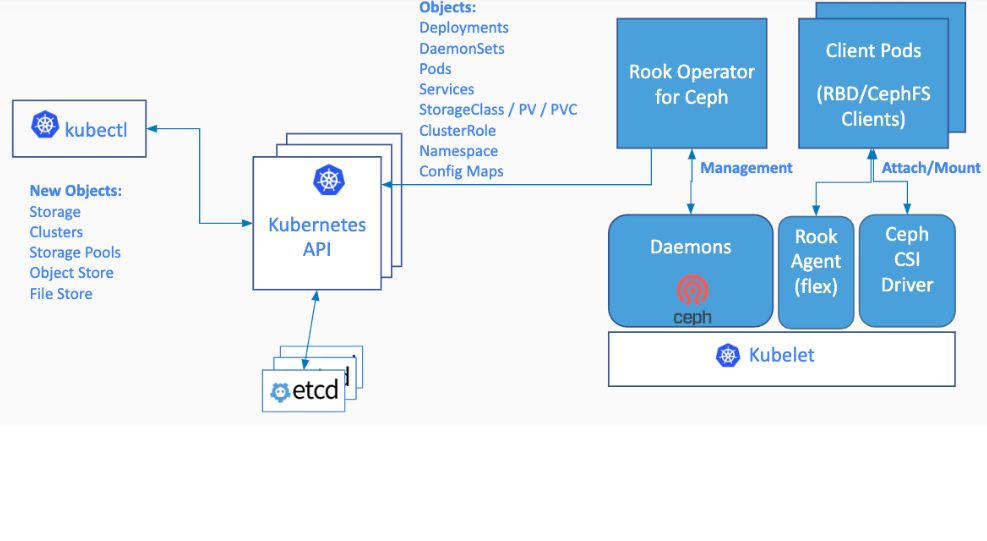
Cloud native (32) | kubernetes introduction to platform storage system
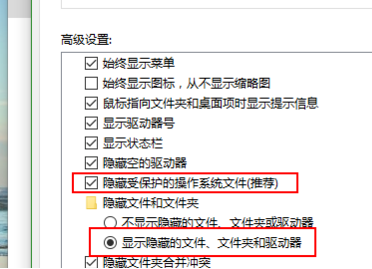
电脑重装系统u盘文件被隐藏要怎么找出来

B站大佬用我的世界搞出卷积神经网络,LeCun转发!爆肝6个月,播放破百万

英国都在试行4天工作制了,为什么BAT还对996上瘾?

Coscon'22 community convening order is coming! Open the world, invite all communities to embrace open source and open a new world~
docker启动mysql及-eMYSQL_ROOT_PASSWORD=my-secret-pw问题解决
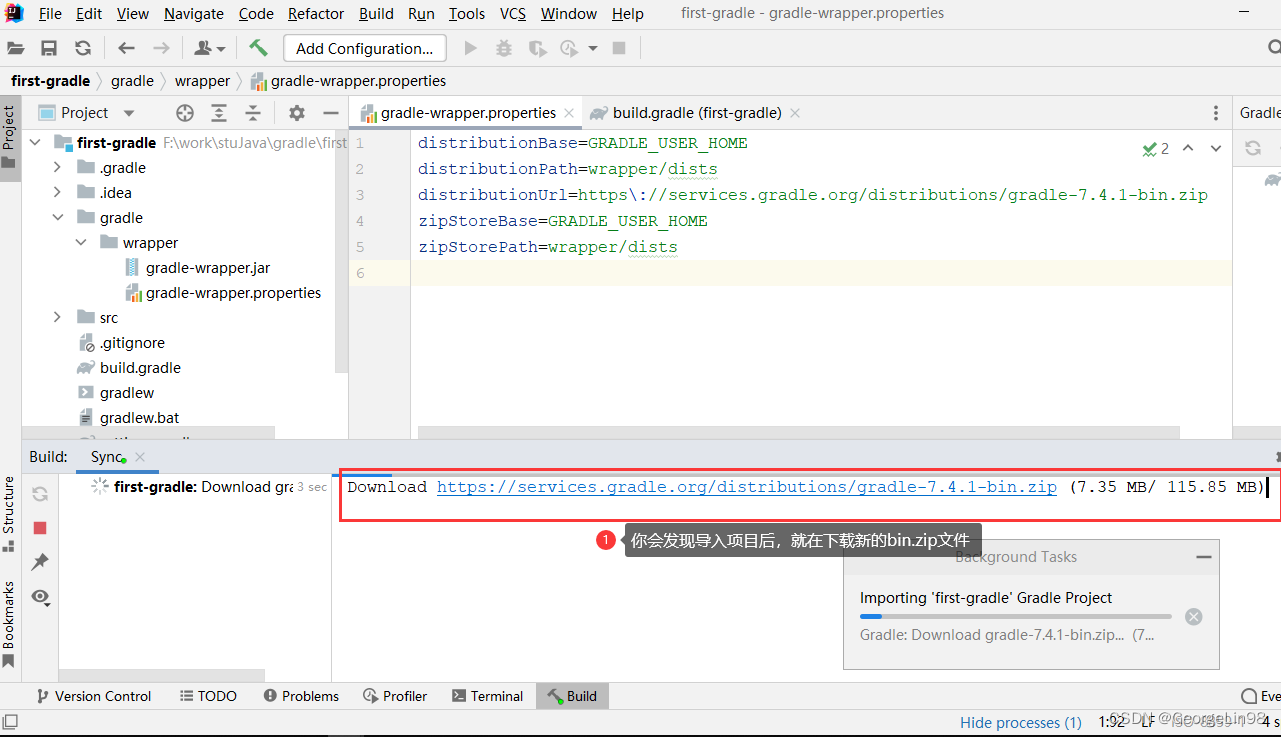
Gradle知识概括
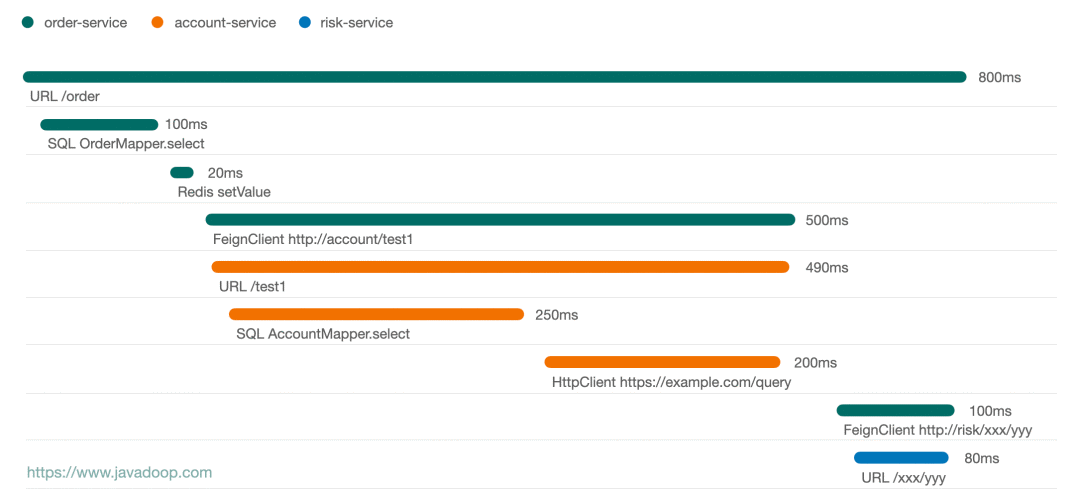
None of the strongest kings in the monitoring industry!

浅谈现在的弊端与未来的发展

What should I do if the USB flash disk data is formatted and how can I recover the formatted USB flash disk data?
随机推荐
不要再说微服务可以解决一切问题了
Experiment 4: installing packages from Gui
Should the jar package of MySQL CDC be placed in different places in the Flink running mode?
AI金榜题名时,MLPerf榜单的份量究竟有多重?
The programmer refused the offer because of low salary, HR became angry and netizens exploded
How much does the mlperf list weigh when AI is named?
(DART) usage supplement
js對JSON數組的增删改查
mysql连接vscode成功了,但是报这个错
A few suggestions for making rust library more beautiful! Have you learned?
GPT-3当一作自己研究自己,已投稿,在线蹲一个同行评议
同构+跨端,懂得小程序+kbone+finclip就够了!
机器人材料整理中的套-假-大-空话
石墨文档:4大对策解决企业文件信息安全问题
Face recognition class attendance system based on paddlepaddle platform (easydl)
使用MitmProxy离线缓存360度全景网页
Example code of MySQL split string as query condition
Computer reinstallation system teaching, one click fool operation, 80% of people have learned
Knowledge * review
docker启动mysql及-eMYSQL_ROOT_PASSWORD=my-secret-pw问题解决
